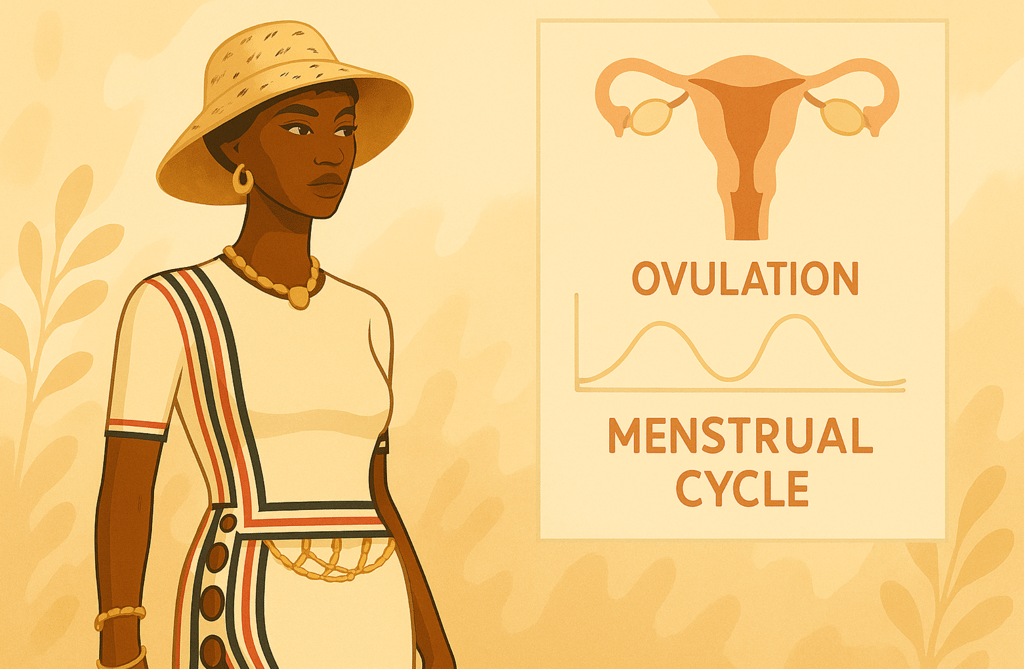Female Fertility 101: Understanding Your Cycle, Hormones, and Health
A beginner-friendly guide to female fertility, from ovulation and menstrual cycles to hormone health and fertility factors — explained clearly and compassionately.
DIAGNOSIS & TESTING


Trying to conceive (or even just thinking about it) can suddenly make you feel like you need a degree in reproductive biology. Hormones, cycles, ovulation windows, progesterone spikes… it’s a lot. This guide breaks down the essential basics of female fertility — clearly, calmly, and without overwhelm.
Whether you’re just starting out, preparing for IVF, or simply trying to better understand your body, this is your gentle primer on what actually matters.
The Menstrual Cycle: More Than Just a Period
The average menstrual cycle lasts about 28 days, though anything from 21–35 days is considered normal. It’s divided into four key phases:
Menstrual Phase (Days 1–5): This is when your uterus sheds its lining — your period.
Follicular Phase (Days 1–13): Overlaps with your period and continues as your body prepares an egg. Oestrogen rises.
Ovulation (Around Day 14): A mature egg is released from the ovary and is available to be fertilised.
Luteal Phase (Days 15–28): Progesterone peaks to maintain a possible pregnancy. If no fertilisation occurs, levels drop, triggering your next period.
Ovulation usually happens 12–16 days before your next period, not necessarily on Day 14 — a common myth!
Ovulation: The Fertile Window
You’re fertile for only about 5–6 days each month — the few days leading up to and including ovulation.
Here’s what helps to identify it:
Cervical mucus becomes stretchy and egg-white-like.
Ovulation predictor kits (OPKs) detect a surge in luteinising hormone (LH).
Basal body temperature (BBT) rises slightly after ovulation.
Mild cramping or twinges, called mittelschmerz.
Timing sex or insemination during this window maximises your chance of pregnancy.
Hormones and Fertility: The Key Players
Your hormones coordinate a complex dance each month. These are the main performers:
Oestrogen: Builds the uterine lining and supports egg maturation.
Luteinising Hormone (LH): Triggers ovulation.
Follicle Stimulating Hormone (FSH): Stimulates egg follicles.
Progesterone: Maintains the uterine lining for implantation.
AMH (Anti-Müllerian Hormone): Indicates ovarian reserve (how many eggs are left).
Imbalances in any of these hormones — due to PCOS, thyroid issues, or other conditions — can affect fertility.
Factors That Impact Female Fertility
Several elements can influence your ability to conceive:
FactorImpactAgeFertility gradually declines after 35 due to fewer and lower-quality eggs.BMIBoth underweight and overweight can disrupt ovulation.StressHigh stress may interfere with hormone balance and ovulation.Medical ConditionsPCOS, endometriosis, thyroid disorders, and fibroids can all play a role.LifestyleSmoking, excessive alcohol, poor sleep, and nutrient deficiencies all contribute.
Tests to Understand Your Fertility
If you’re planning IVF or struggling to conceive, your clinic may suggest:
Day 3 blood tests (FSH, LH, oestradiol) to assess ovarian function
AMH levels to estimate ovarian reserve
Transvaginal ultrasound to count follicles (AFC)
Progesterone test to confirm ovulation
Thyroid function and prolactin checks
These can help build a clearer picture and guide next steps.
A Note on Feelings
Fertility is more than biology. It’s emotional, intimate, and often complicated. Whether you’re single, partnered, queer, navigating loss, or just feeling overwhelmed, your story matters. And your questions are valid.
This blog is here to support you — without judgement, jargon, or pressure.
What’s Next?
Now that you’ve got the basics, you might want to explore:
© 2025. All rights reserved.
